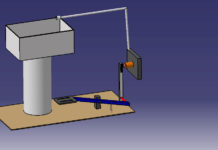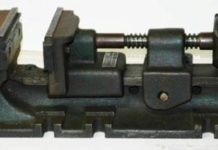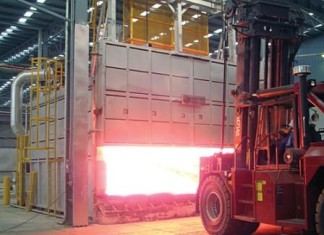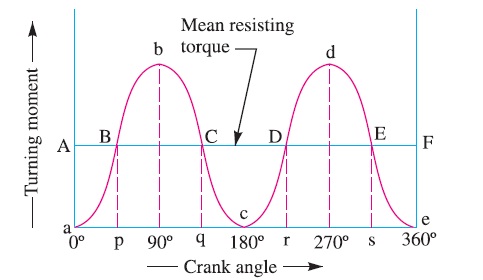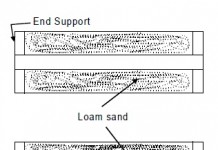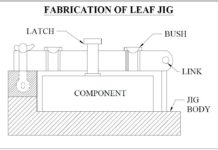TAPERS AND TAPER TURNING
A taper is defined as a uniform increase or decrease in diameter of a piece of work measured along its length. In a lathe machine, taper turning means to produce a conical surface by gradual reduction in diameter from a cylindrical job. Taper in the British System is expressed in taper per foot or taper per inch.
Taper per inch = (D – d) /l
Where,
D = is the diameter of the large end of cylindrical job,
d = is the diameter of the small end of cylindrical job, and
l = is the length of the taper of cylindrical job, all expressed in inches,
When the taper is expressed in taper per foot, the length of the taper l is expressed in foot, but the diameters are expressed in inches. A taper is generally turned in a lathe by feeding the tool at an angle to the axis of rotation of the work piece. The angle formed by the path of the tool with the axis of the work piece should correspond to the half taper angle. A taper can be turned by anyone of the following methods:
1. By swiveling the compound rest,
2. By setting over the tail stock center,
3. By a broad nose form tool,
4. By a taper turning attachment,
5. By combining longitudinal and cross feed in a special lathe and
6. By using numerical control lathe
Source A Textbook of Basic Manufacturing Processes and Workshop Technology by Rajender Singh.



